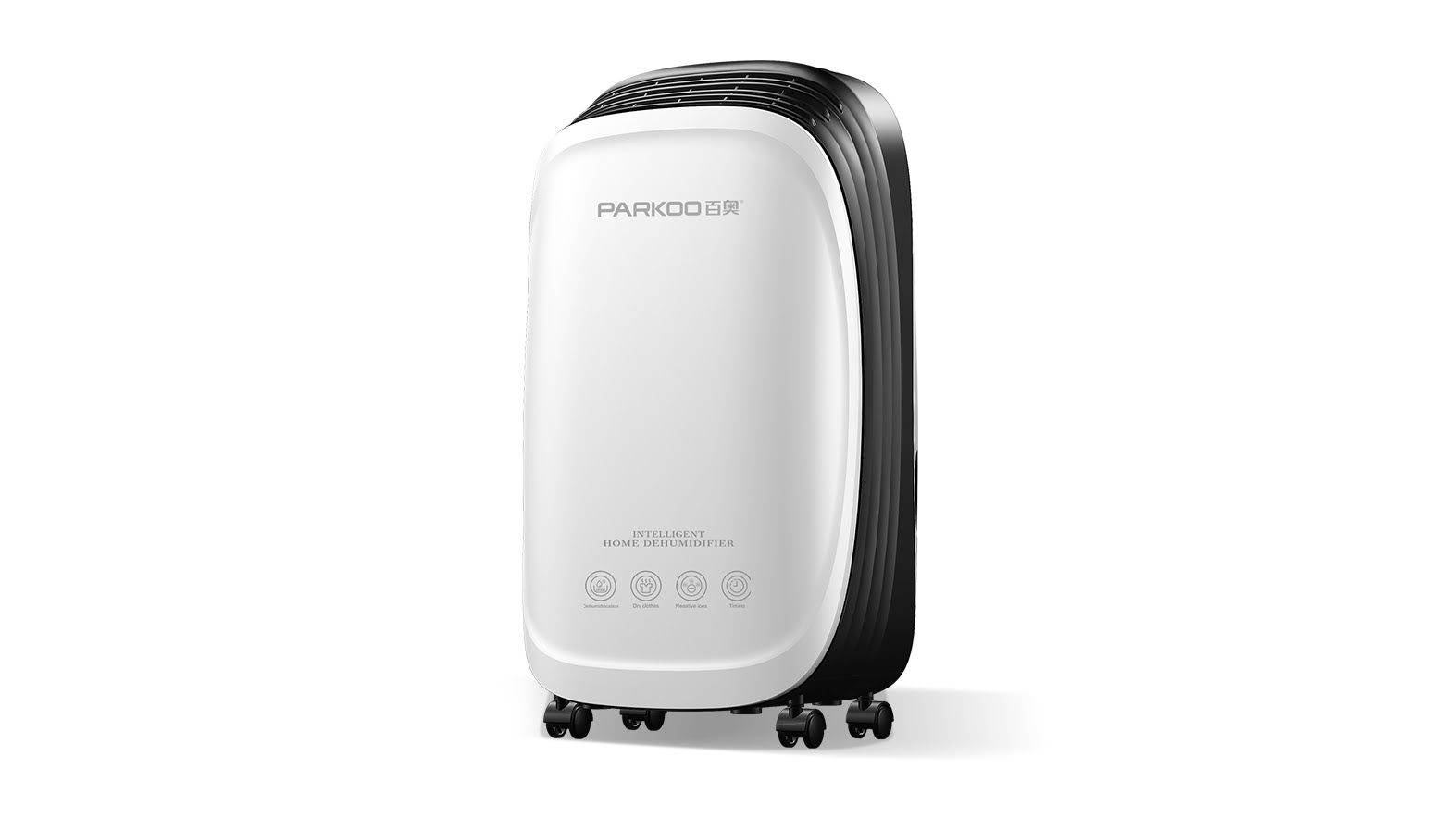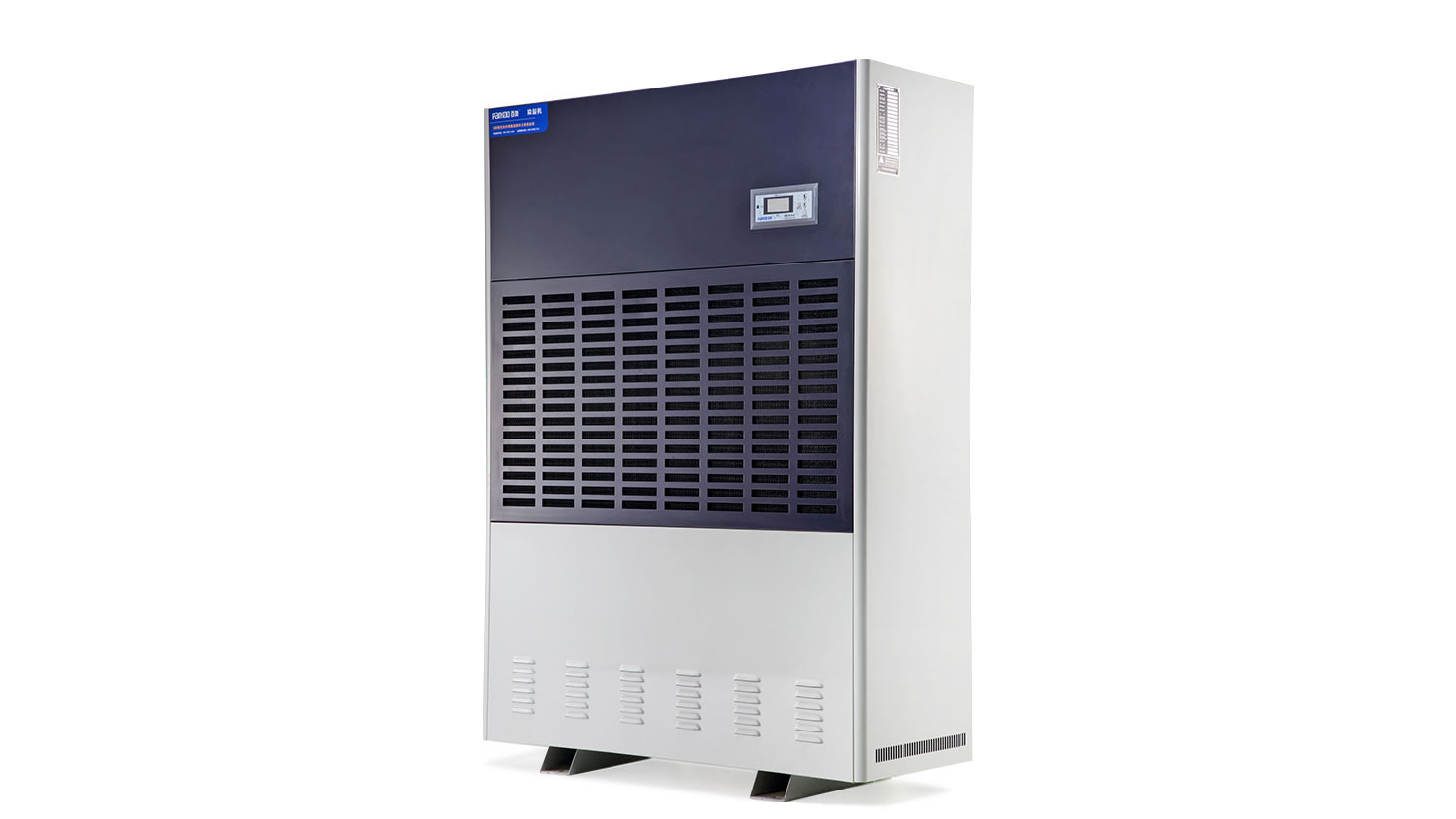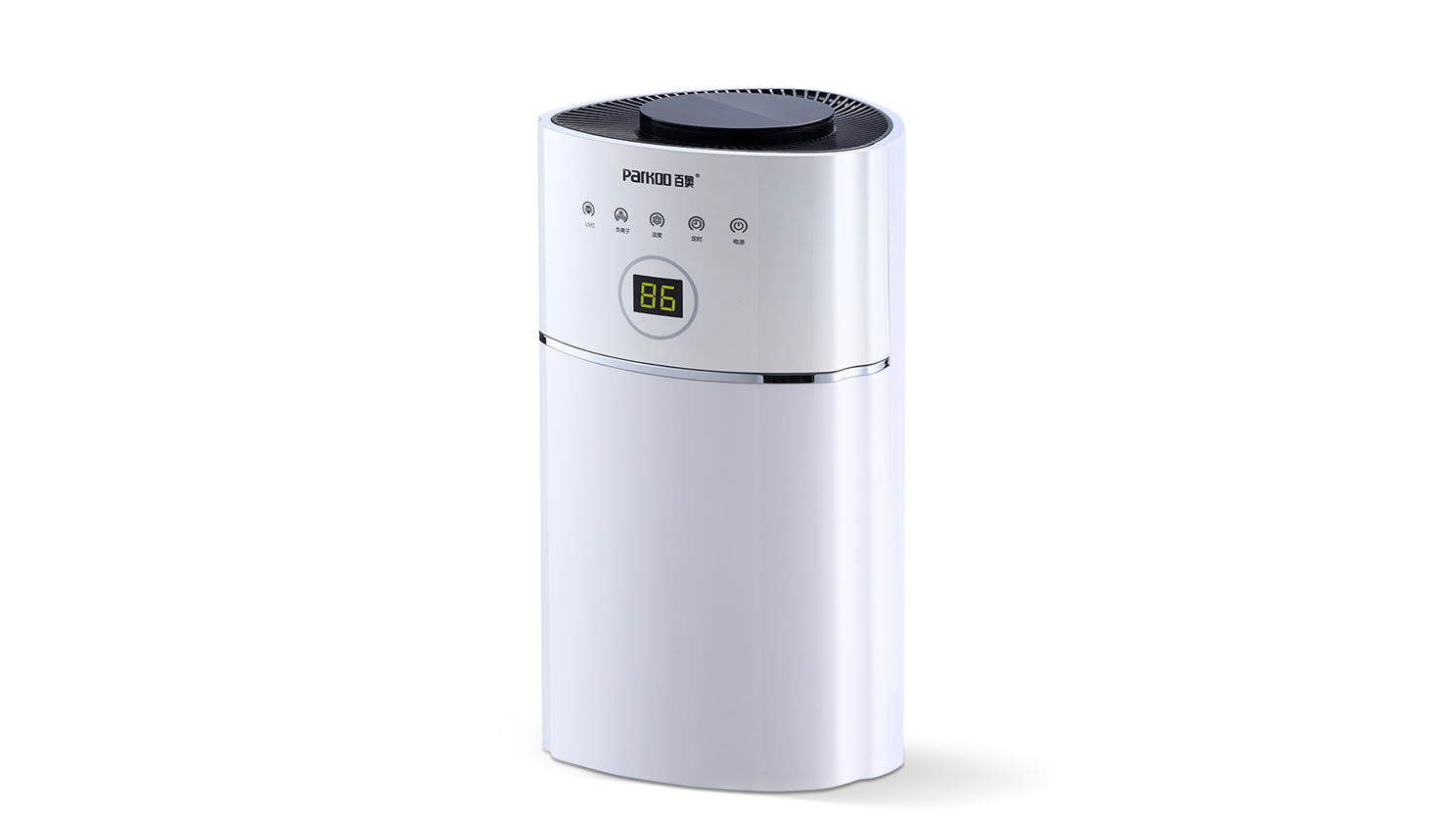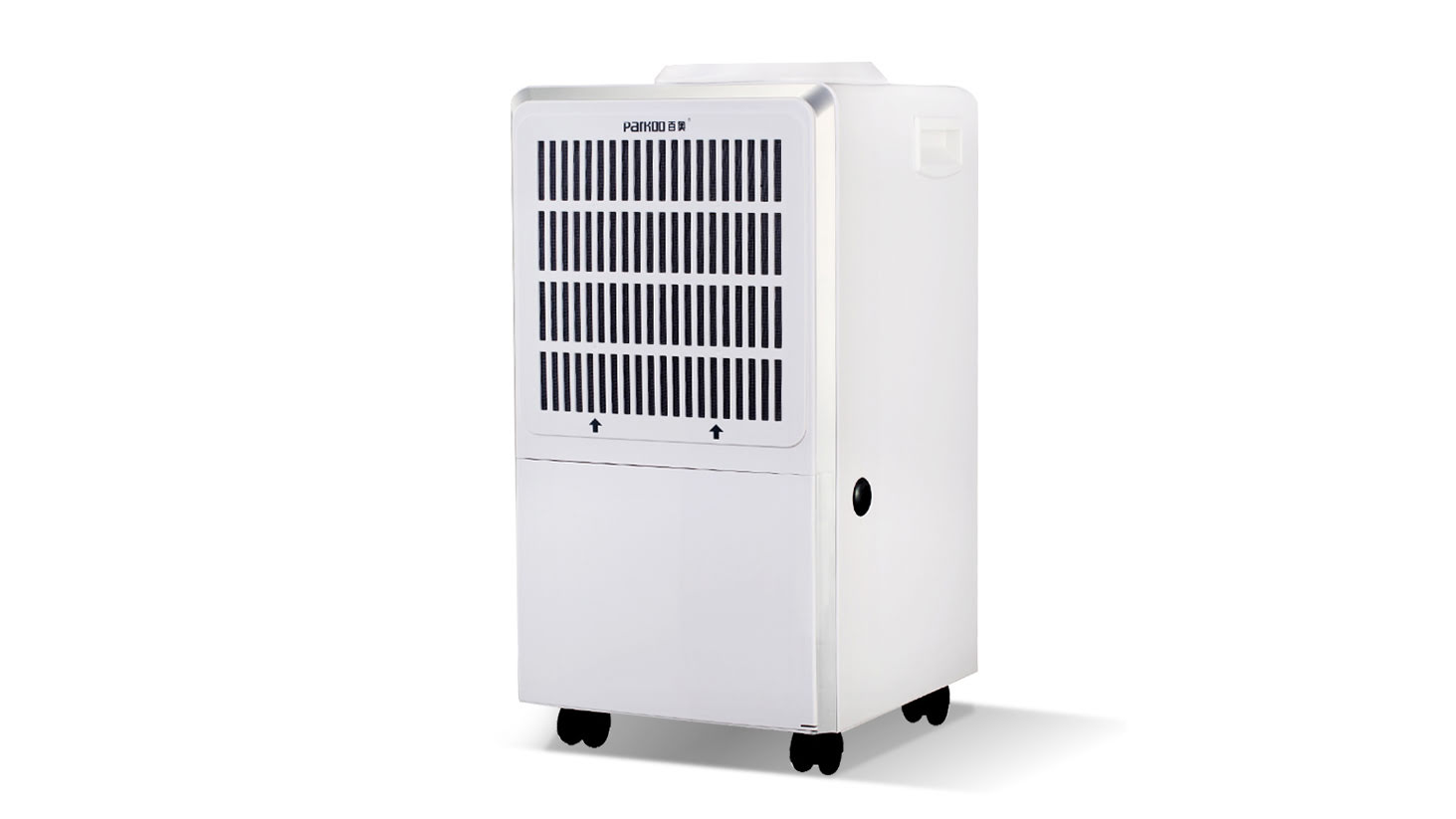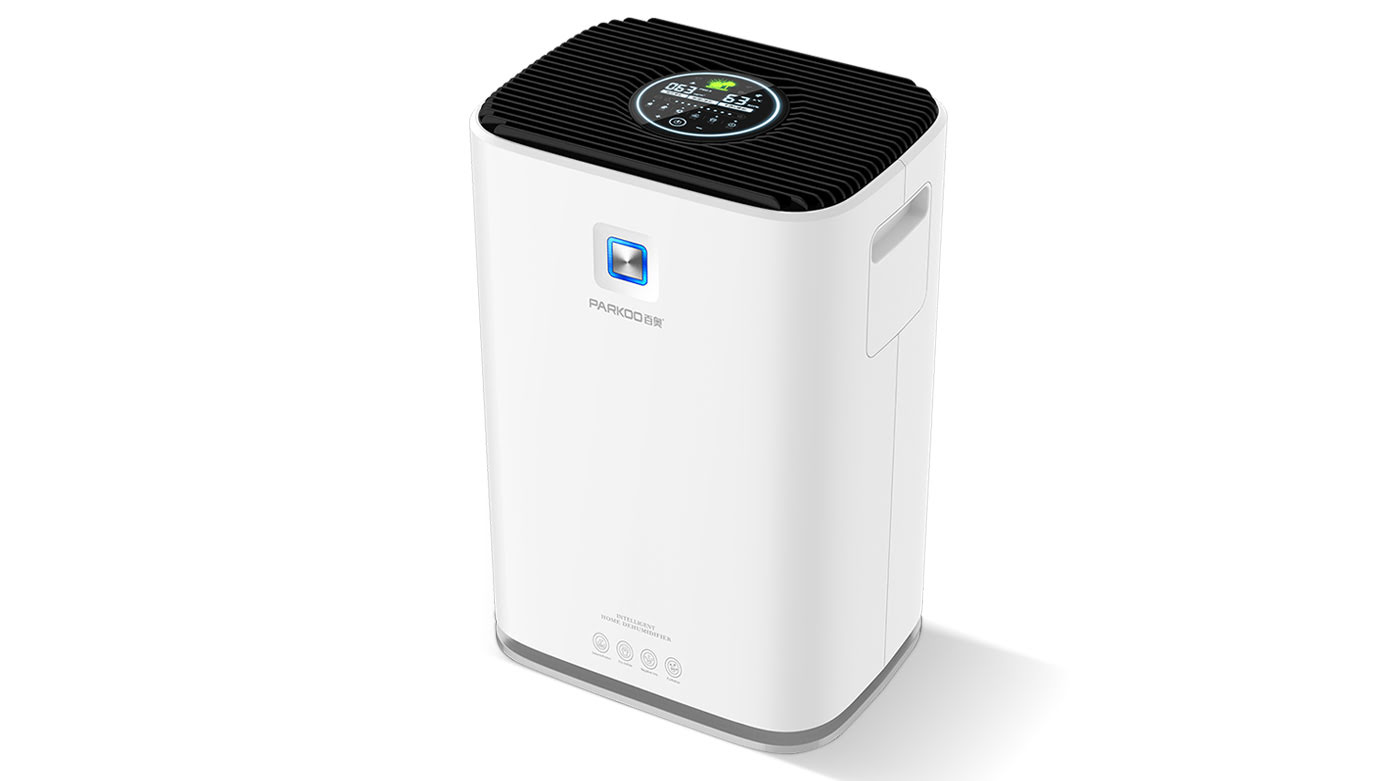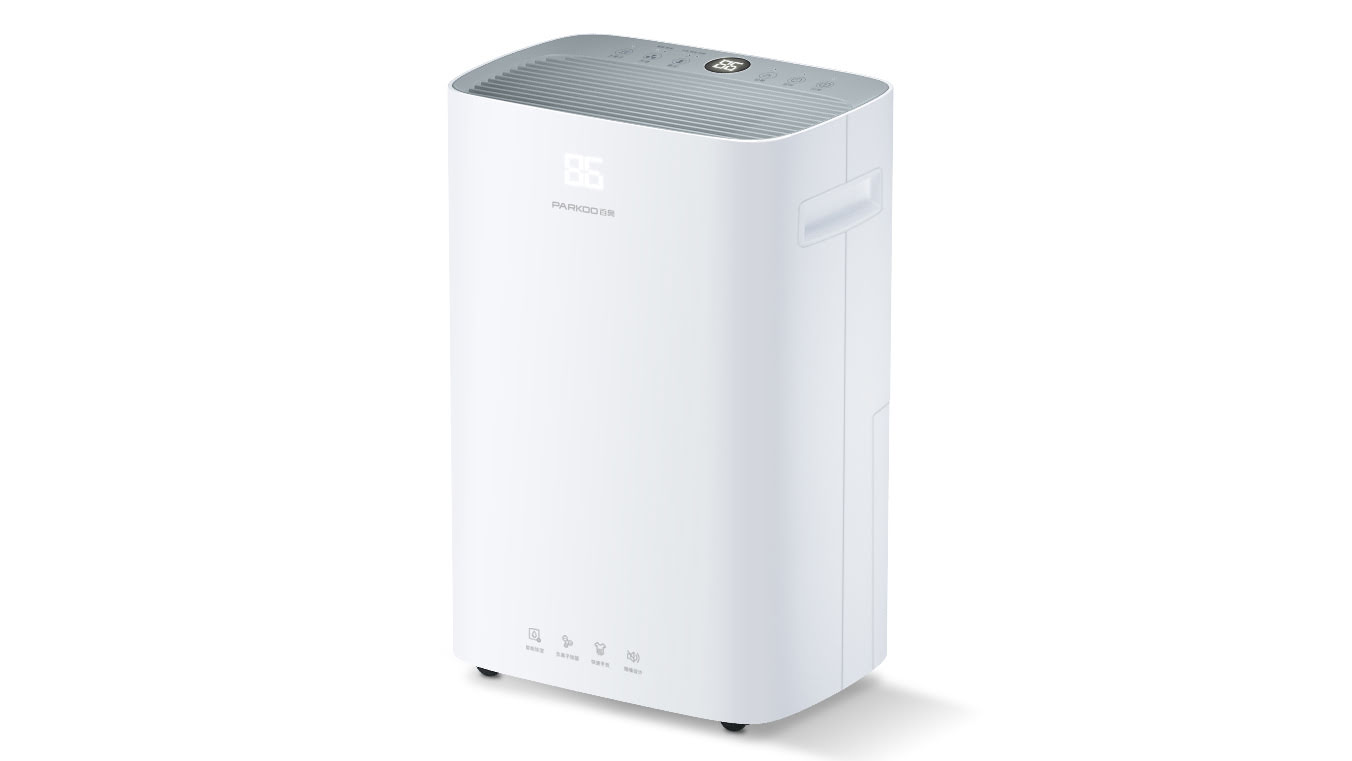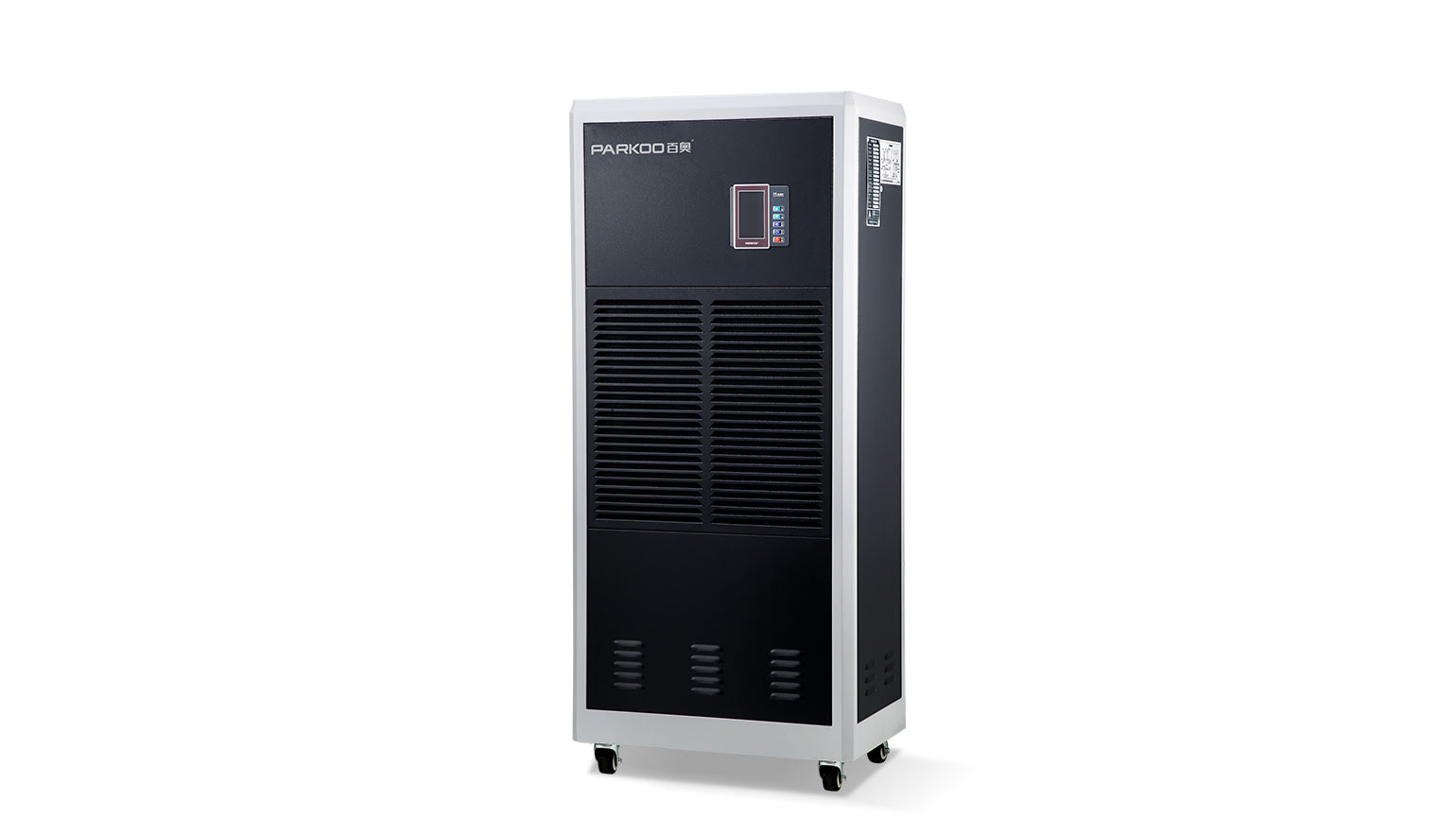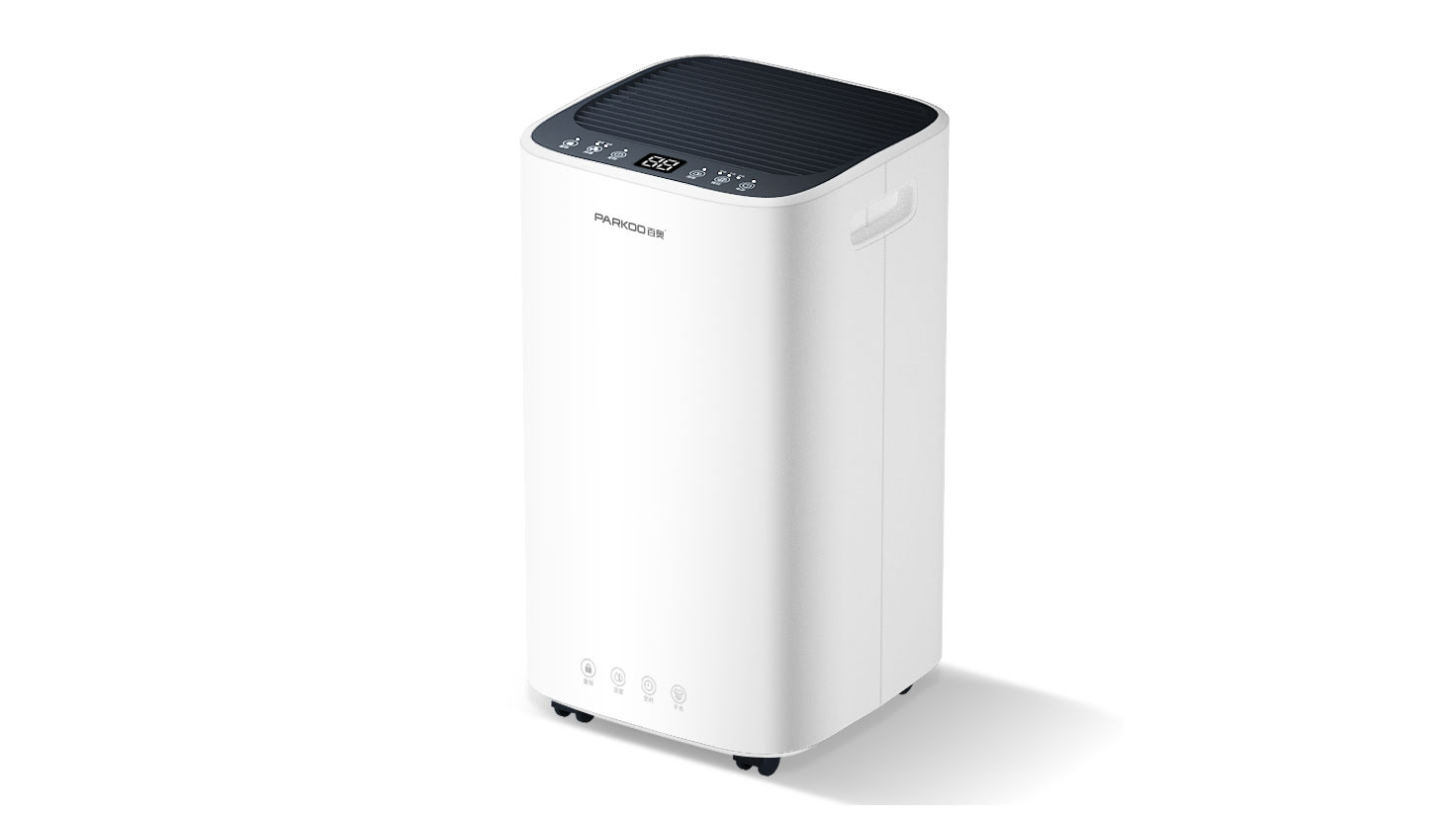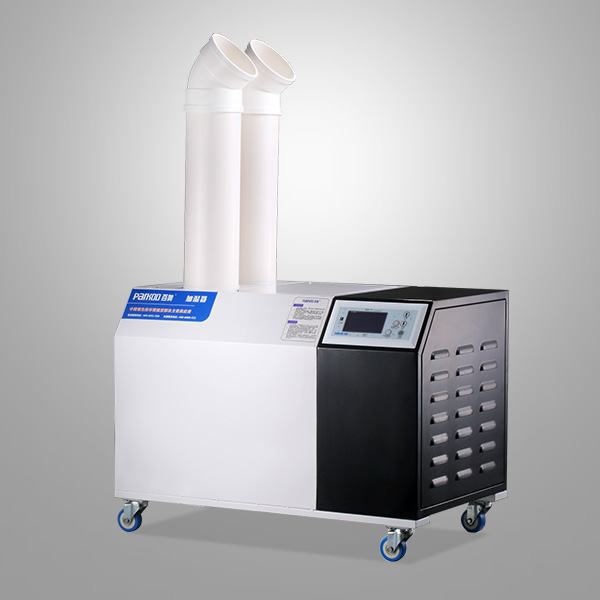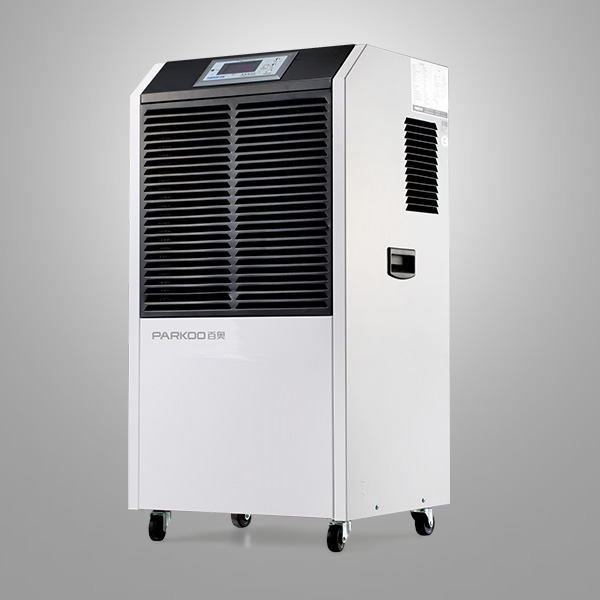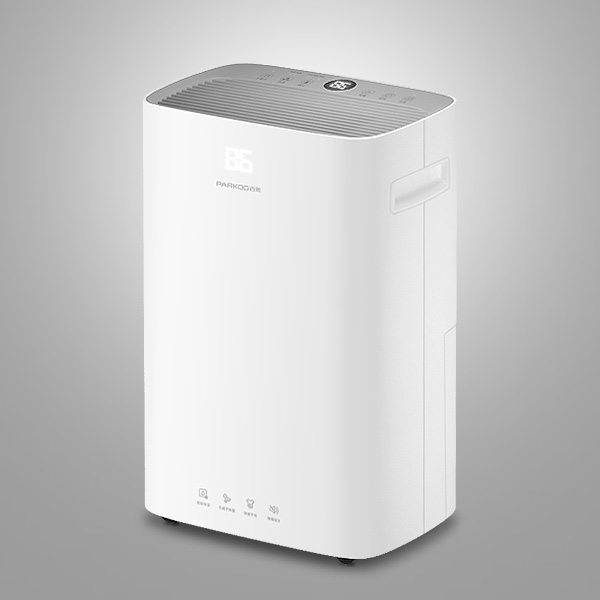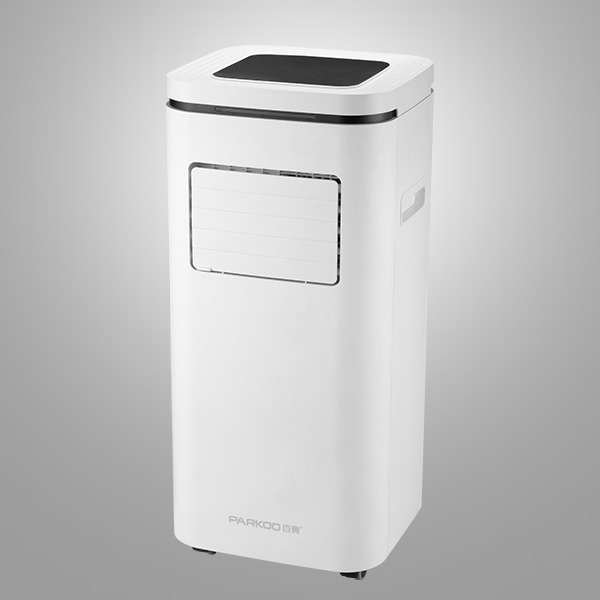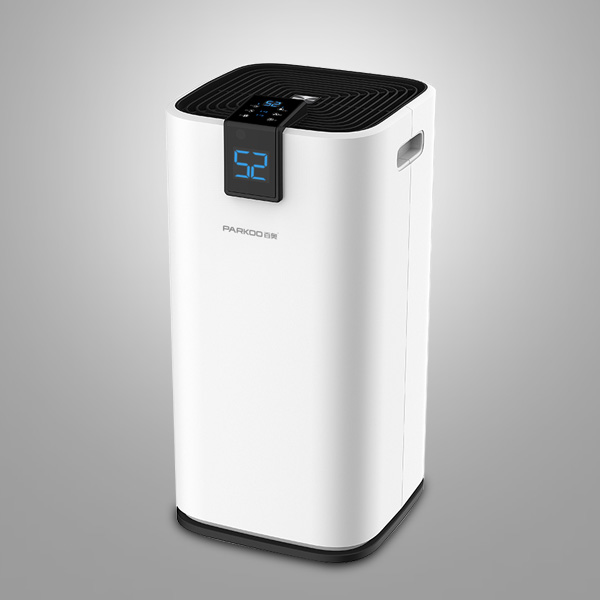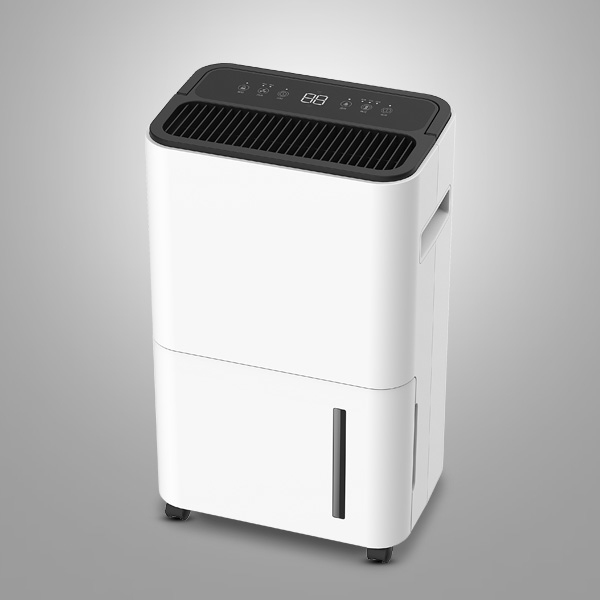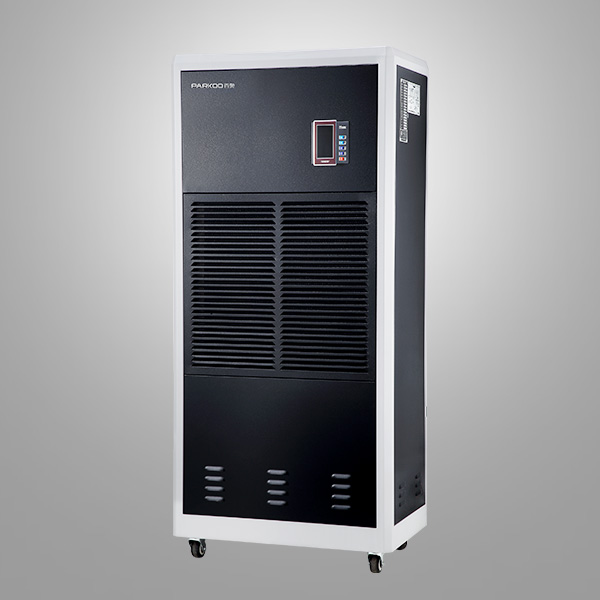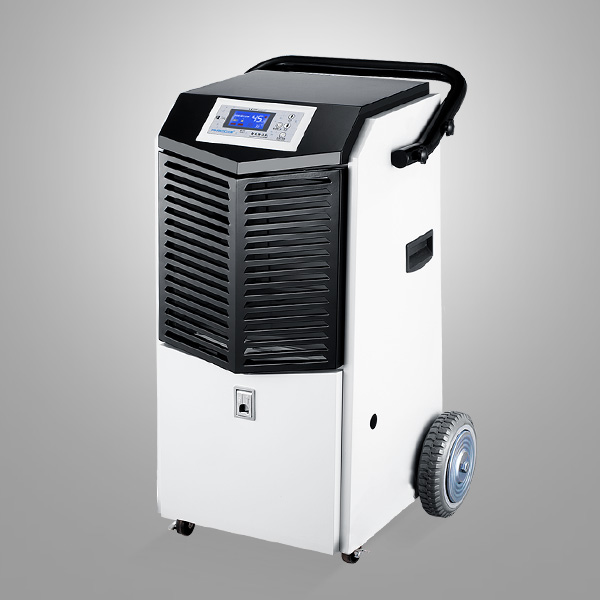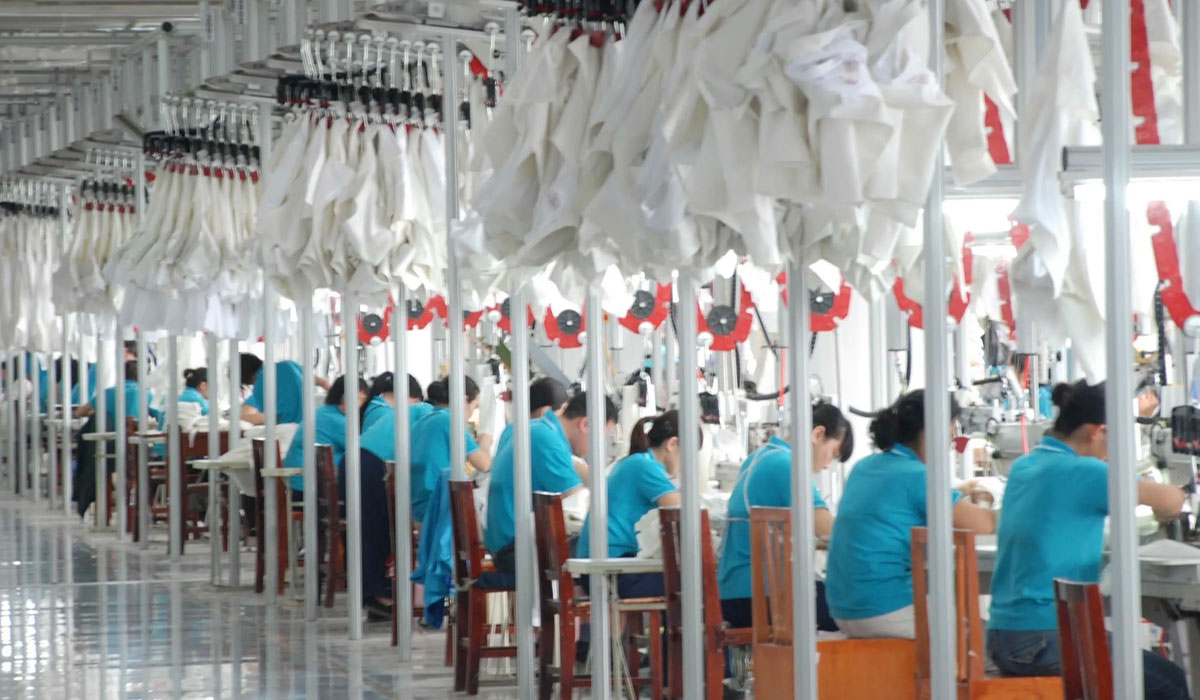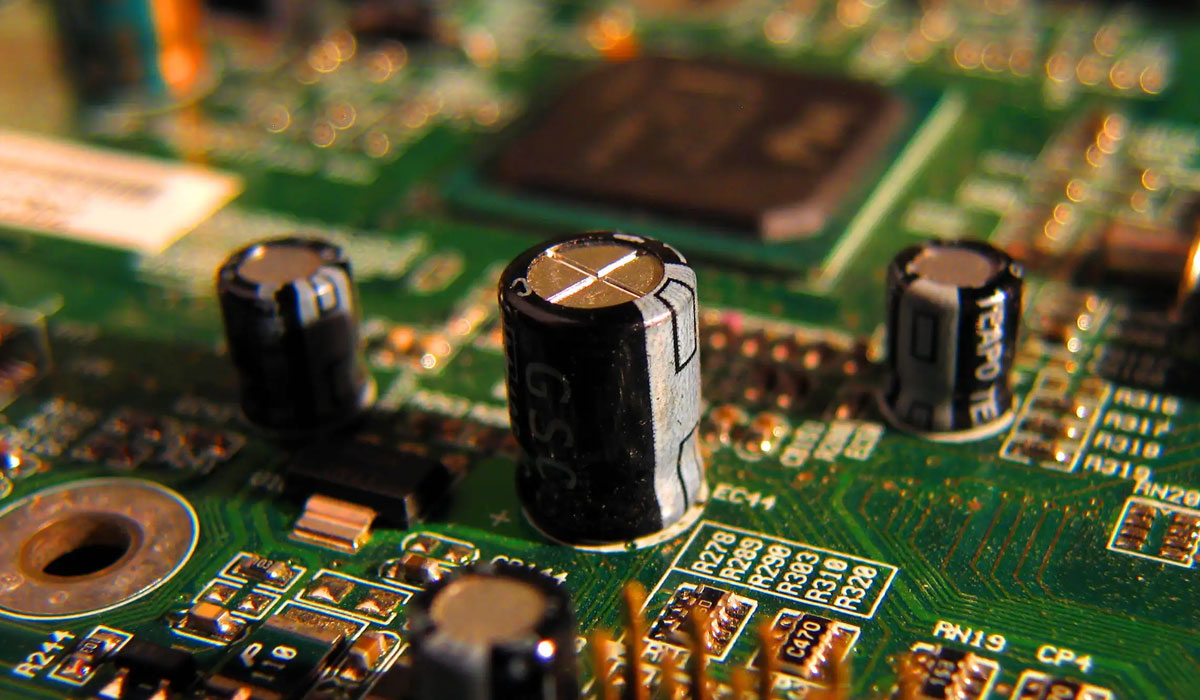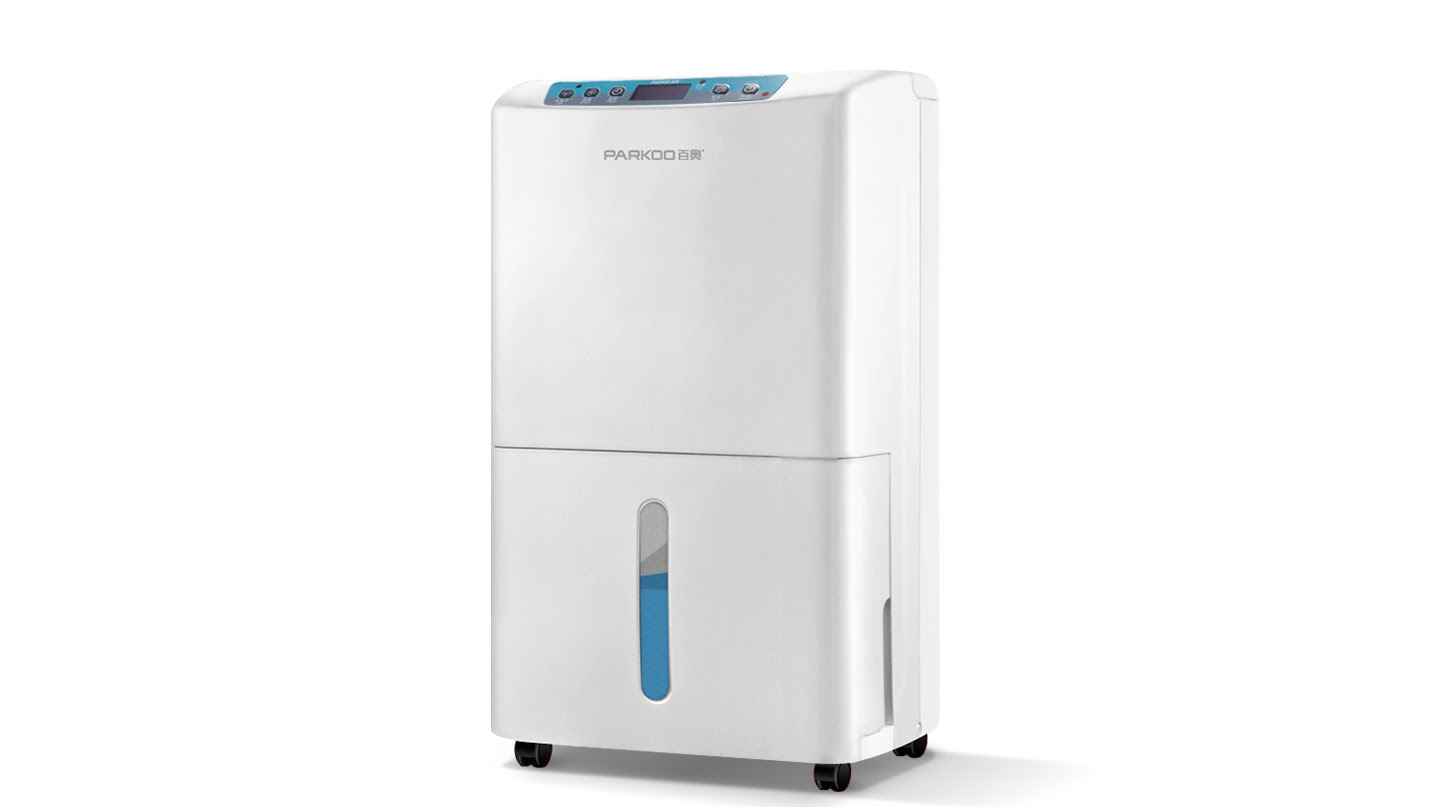Cold ton (RT): a unit of air conditioning and refrigeration, also known as Ton of refrigeration. Ton of refrigeration refers to the energy required to freeze one ton of water into ice. (Note: 1 cold ton is the refrigerating capacity required to turn 1 ton of 0 ℃ water into 0 ℃ ice within 24 hours.) 1 ton of 0 ℃ water can be converted into 0 ℃ ice within 24 hours. Ton of refrigeration represents the refrigerating capacity of the refrigerator
HP: HP is the unit of cooling capacity. There are multiple determining factors for selecting the number of air conditioners, generally including the size of the area, the height of the house, the sealing condition, whether it is on the rooftop or in the west, and so on. Generally speaking, the refrigerating capacity of 1 HP is about 2000 kcal, which should be multiplied by 1.162 when converted to International unit, so the refrigerating capacity of 1 HP should be 2000 kcal × 1.162=2324 (w), where w (watts) represents the cooling capacity
Power (W): Power refers to the work done by an object in a unit of time, that is, power is a physical quantity that describes the speed of work done. The amount of work is fixed, and the shorter the time, the greater the power value. The formula for calculating power is power=work/time. The speed at which work is done is described by power, and the amount of work completed per unit time is called power
Conversion of units: 1 American cold ton=3024 kcal/h (kcal/h)=3.517 kW (kW) 1 Japanese cold ton=3320 kcal/h (kcal/h)=3.861 kW (kW) 1 horsepower (or 1 horse power)=735.5 W=0.7355 kW 1 kcal/h (kcal/h)=1.163 W
Celsius temperature ℃=(Fahrenheit ° F-32) 5/9
1HP=2.5kW=735.5 W: Note: 2.5kW corresponds to cooling capacity, while 735.5 w corresponds to electrical power; Firstly, it is necessary to clarify the unit of heat, which is also a type of energy. In international practice, the unit of work and energy is the Joule, which is equivalent to a force of one Newton (N). The Joule represents the work done by moving a distance of one meter in the direction of the force. The legal unit of heat in China is J. When 1g of Water heating is heated or cooled at standard atmospheric pressure and its temperature rises or decreases by 1 ℃, the heat added or released is called 1 calorie, expressed in cal. In engineering, the heat is often expressed as 1000 times of the calorie, called kilocalorie or large calorie, expressed in kcal. Under standard atmospheric pressure, when 11b (lb) (11b=0.454kg) water is heated or cooled, and its temperature rises or decreases by 1 ° F, the heat added or removed is called a British thermal unit, with the symbol Btu
Common conversion formula: 1kJ (kilojoule)=0.239kcal (kilocalorie) 1kcal (kilocalorie)=4.19kJ (kilojoule) 1kcal=3.969Btu1Btu=0.252kcal 1kcal=427kg. m1kW=860kcal/h1 US cold ton=3024kcal/h=3.51kW1 Japan cold ton=3320kcal/h=3.86kW For example, a 40kW air conditioner has a cooling capacity of 40 * 860=34400 kcal.
. Civil air conditioners prefer to use (H) P as the unit, with 1 (H) P=0.735kW, a general energy efficiency ratio of 3.2, and a cooling capacity of 2352W, which translates to about 2022 kcal. It can be said that the cooling capacity of 1 (H) P air conditioning is 2000 kcal